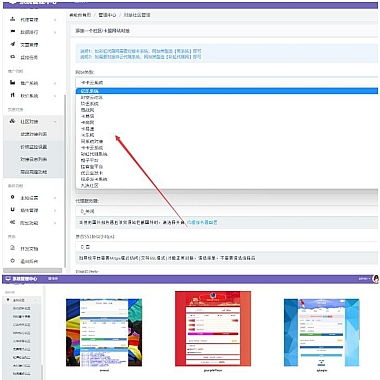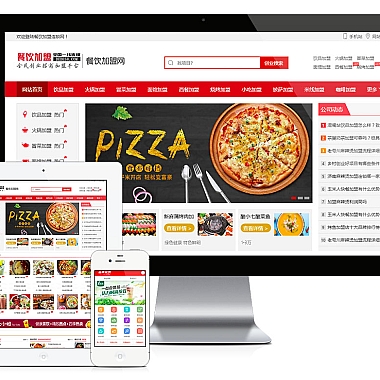PHP用什么缓存
在PHP开发中,为了提升应用的性能和响应速度,缓存技术是不可或缺的一部分。常见的解决方案包括使用内存缓存、文件缓存或数据库缓存等手段,其中最常用的有:APCu、Redis、Memcached 等。通过合理选择和配置缓存机制,可以有效减少数据库查询次数,降低服务器负载,提高用户体验。
1. 使用 APCu 进行内存缓存
APCu(Alternative PHP Cache User)是 PHP 内置的一个用户缓存扩展,适合存储短期且频繁访问的数据。它直接将数据存储在服务器内存中,因此读取速度极快。
php
// 启用 APCu 扩展后,在 php.ini 中确保 apc.enable<em>cli=1
$cacheKey = 'user</em>data_' . $userId;</p>
<p>// 检查是否有缓存数据
if (apcu<em>exists($cacheKey)) {
// 从缓存中获取数据
$data = apcu</em>fetch($cacheKey);
} else {
// 模拟从数据库中获取数据
$data = fetchDataFromDatabase($userId);</p>
<pre><code>// 将数据存入缓存,设置有效期为 3600 秒
apcu_store($cacheKey, $data, 3600);
}
function fetchDataFromDatabase($userId) {
// 这里是模拟数据库查询操作
return [
'id' => $userId,
'name' => '张三',
'age' => 25
];
}
2. 使用 Redis 进行分布式缓存
当项目需要跨多台服务器共享缓存时,Redis 是一个非常好的选择。它不仅支持丰富的数据结构,还具备持久化功能,可以作为独立的服务进程运行。
php
// 引入 Predis 库,可通过 Composer 安装
require 'vendor/autoload.php';</p>
<p>use PredisClient;</p>
<p>$redis = new Client([
'scheme' => 'tcp',
'host' => '127.0.0.1',
'port' => 6379,
]);</p>
<p>$key = 'product<em>info</em>1001';
if ($redis->exists($key)) {
// 获取缓存数据
$productInfo = json_decode($redis->get($key), true);
} else {
// 模拟从数据库获取商品信息
$productInfo = getProductInfoFromDb(1001);</p>
<pre><code>// 将结果序列化后存入 Redis,设置过期时间为 1 天
$redis->setex($key, 86400, json_encode($productInfo));
}
function getProductInfoFromDb($productId) {
// 模拟数据库查询
return [
'id' => $productId,
'name' => '苹果手机',
'price' => 5999
];
}
3. 文件缓存方案
对于一些不经常变化的数据,我们可以考虑使用文件系统来实现简单的缓存机制。虽然文件读写速度比不上内存型缓存,但在某些场景下也能起到不错的效果。
php
$cacheDir = <strong>DIR</strong> . '/cache/';
$fileCachePath = $cacheDir . md5('article_list');</p>
<p>if (file<em>exists($fileCachePath) && time() - filemtime($fileCachePath) < 3600) {
// 读取缓存文件内容
$articles = unserialize(file</em>get_contents($fileCachePath));
} else {
// 获取列表数据
$articles = getArticles();</p>
<pre><code>// 创建目录(如果不存在)
if (!is_dir($cacheDir)) {
mkdir($cacheDir, 0777, true);
}
// 序列化并保存到文件
file_put_contents($fileCachePath, serialize($articles));
}
function getArticles() {
// 模拟获取列表
return [
['title' => '标题1', 'content' => '内容1'],
['title' => '标题2', 'content' => '内容2']
];
}
根据实际需求选择合适的缓存方式非常重要。如果是在单机环境下并且数据量不大,可以优先考虑 APCu;而对于分布式架构,则建议使用 Redis 或 Memcached。文件缓存也适用于特定场景下的简单缓存需求。
(牛站网络)







